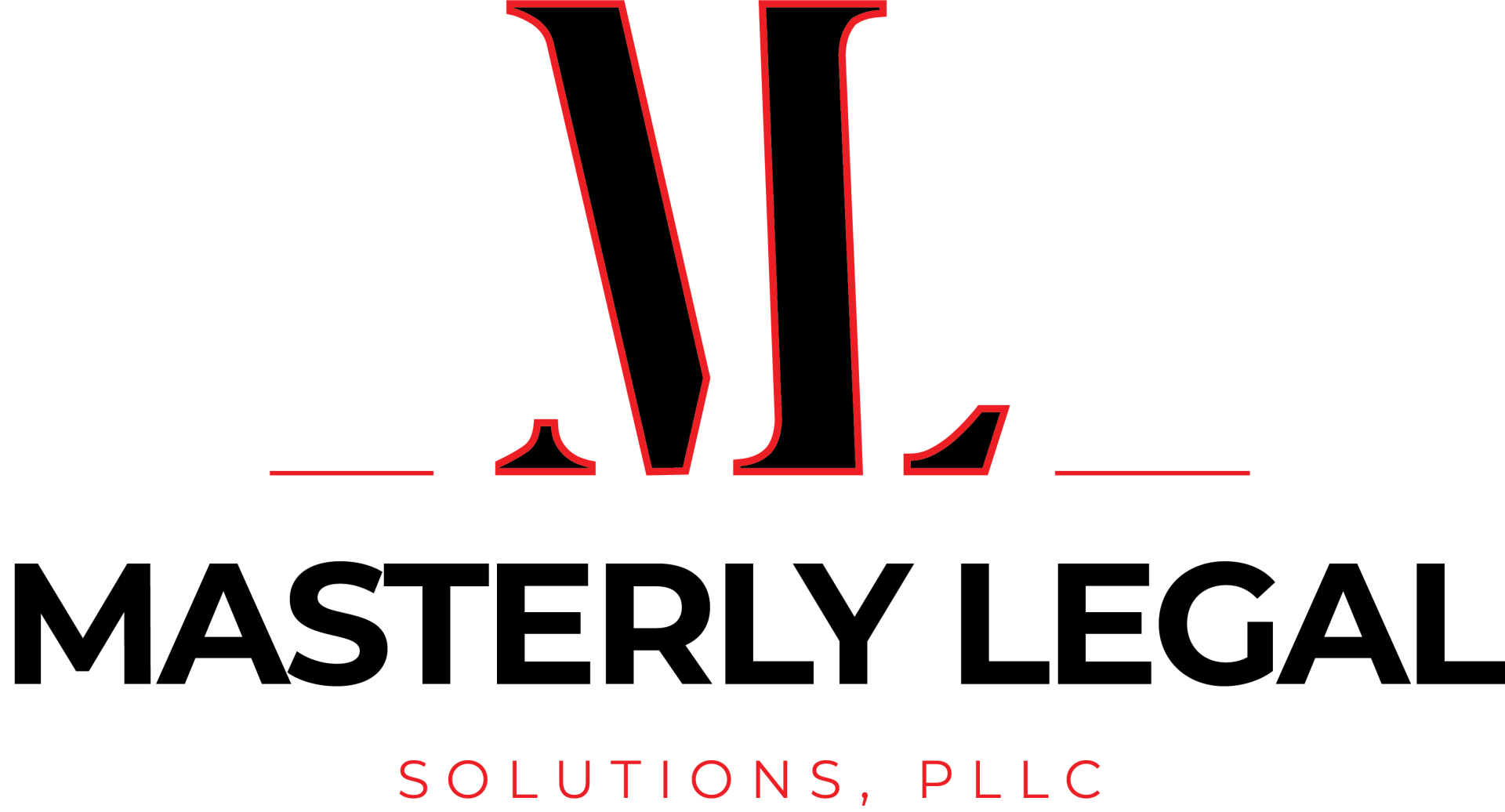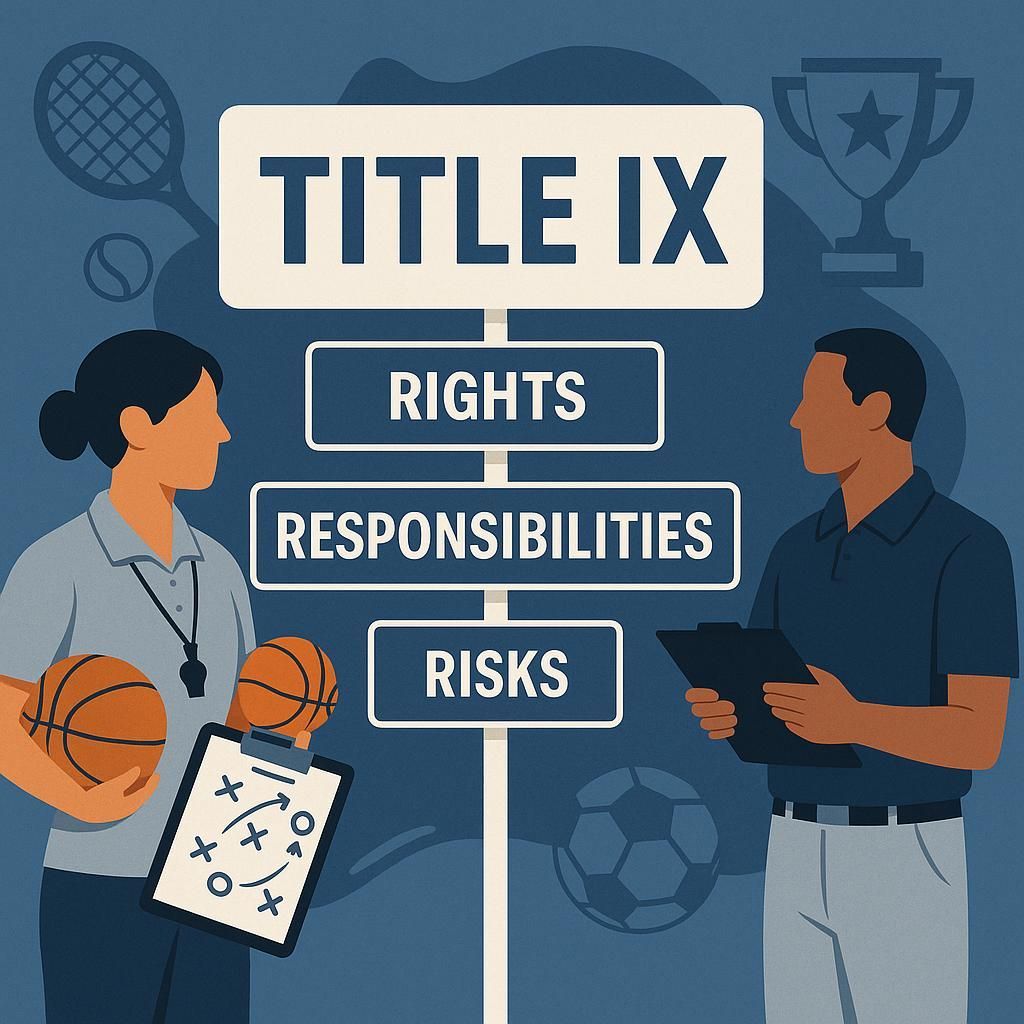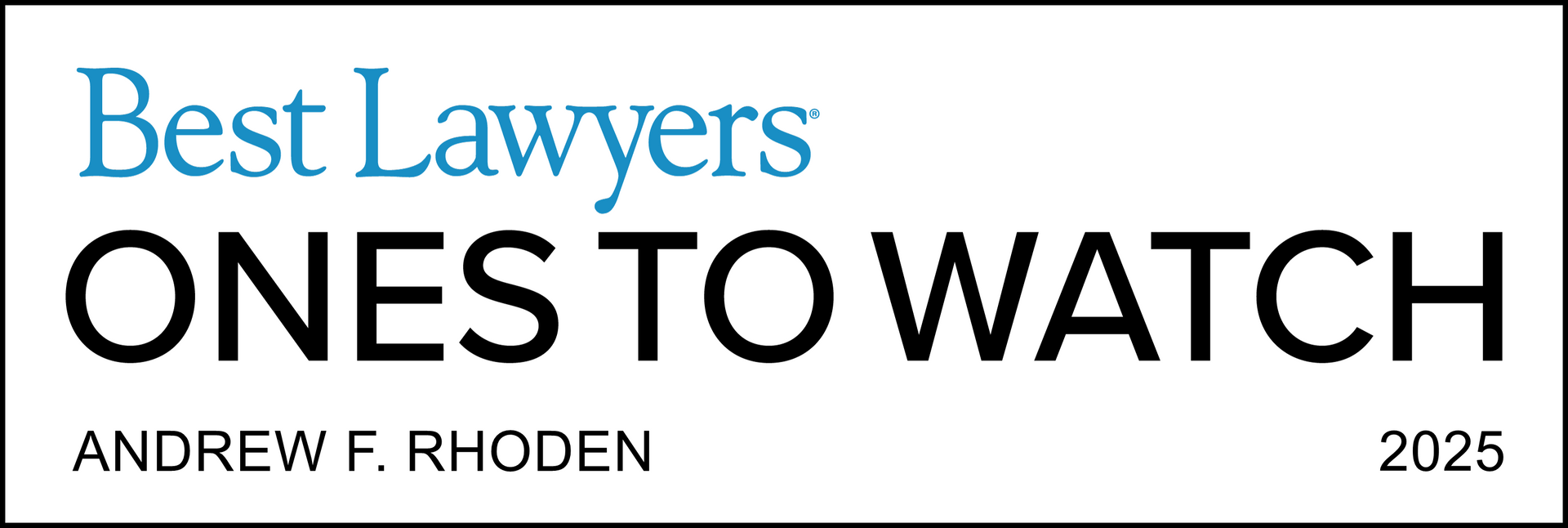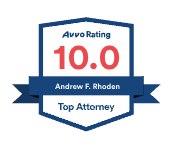How Managers Can Foster a Harassment-Free Environment in Your Organization
Creating a harassment-free workplace is essential for fostering a respectful work environment and ensuring compliance with state and federal laws. Managers play a critical role in this process, as they are often the first line of defense against harassment in the workplace. By implementing robust sexual harassment prevention training and maintaining a proactive approach, managers can help eliminate sexual harassment and promote a culture of inclusivity and respect.
The Importance of Workplace Harassment Prevention
Harassment in the workplace not only disrupts productivity but also exposes organizations to potential legal liabilities under the Civil Rights Act and other federal laws. Workplace harassment prevention training equips managers with the knowledge and tools necessary to recognize and address harassment before it escalates into a larger issue.
Consequences of Workplace Harassment
- Legal recourse under state and federal laws, including the Illinois Human Rights Act
- Financial losses due to settlements and legal fees
- Damage to the organization’s reputation
- Decreased employee morale and increased turnover
Training programs designed to prevent harassment in the workplace must include practical examples of what constitutes sexual harassment and methods for addressing sexual harassment complaints effectively.
Key Elements of Sexual Harassment Training for Managers
Effective harassment training for managers should go beyond basic compliance. It should provide tools for recognizing, preventing, and responding to harassment in real-time. Sexual harassment training requirements often vary by jurisdiction, but these core elements should always be included:
Understanding Harassment in the Workplace
Managers need a clear understanding of what constitutes sexual harassment, including verbal, non-verbal, and physical actions. Training programs should address:
- Unlawful sexual harassment and its impact on victims
- The role of supervisory employees in preventing harassment
- Legal frameworks, including guidance from the Equal Employment Opportunity Commission (EEOC)
Building a Respectful Work Environment
Encouraging a respectful work environment involves discouraging improper conduct and modeling acceptable behaviors. Managers should:
- Promote inclusion training to address discrimination based on national origin and other protected characteristics
- Reinforce the company’s sexual harassment policy through regular communication and annual training
- Address concerns immediately and take appropriate sanctions when necessary

Implementing Workplace Training Programs
Managers must take an active role in conducting workplace harassment training to ensure their teams understand both the policies and the consequences of harassment. Effective training programs should include:
Tailored Approaches for Different Employees
- Supervisory personnel: Provide anti-harassment training focused on leadership responsibilities
- Non-supervisory employees: Emphasize the importance of reporting harassment
- New employees: Include sexual harassment training as part of the onboarding process
- Temporary employees: Ensure they understand workplace policies
Utilizing Online Training Tools
Online training offers flexibility and consistency in delivering harassment prevention training. It allows businesses to:
- Reach employees across multiple locations
- Track participation and compliance
- Update content easily to reflect changes in state and federal laws
Reinforcing Training with Supplemental Sessions
Businesses should conduct additional training sessions periodically, especially when new regulations are introduced. These sessions can:
- Address gaps in understanding
- Provide practical examples of handling sexual harassment complaints
- Reinforce the importance of a harassment-free workplace
Addressing Sexual Harassment Complaints Effectively
Managers must know how to respond to complaints with immediate and appropriate action. An effective complaint process involves:
Steps for Managers
- Listening to the Complaint: Create a safe space for employees to share concerns.
- Documenting the Incident: Maintain detailed records of all reports.
- Taking Action: Investigate the complaint thoroughly and impartially.
- Implementing Sanctions: Enforce consequences for confirmed incidents of harassment.
The Role of the EEOC and State Agencies
The Equal Employment Opportunity Commission and state bodies like the Kansas Human Rights Commission provide guidelines and resources for addressing harassment complaints. Managers should familiarize themselves with these resources to ensure compliance.

Developing a Sexual Harassment Prevention Policy
A well-defined sexual harassment prevention policy is the foundation for fostering a harassment-free environment. This policy should:
- Clearly define what constitutes sexual harassment
- Outline procedures for reporting and addressing complaints
- Emphasize the company’s commitment to eliminate sexual harassment
- Be reviewed and updated regularly to comply with the Illinois Human Rights Act and other regulations
The Role of Training in Preventing Harassment
Training programs are essential for preventing harassment in the workplace. They should focus on:
- Educating managers about their responsibilities
- Highlighting the importance of informing employees about their rights
- Encouraging managers to model appropriate behaviors and discourage abusive conduct
- Addressing both employment discrimination and harassment
Eliminating Harassment and Fostering Inclusivity Across All Backgrounds
To create a truly inclusive workplace, organizations must actively work to eliminate sexual harassment and address discrimination based on national origin. Effective workplace training programs play a critical role in this effort, providing employees with the tools to identify, prevent, and report inappropriate behavior. By focusing on creating a culture of respect, companies empower their teams to celebrate diversity and uphold values of fairness and equality. Ensuring compliance with laws like Title VII of the Civil Rights Act further reinforces the importance of protecting all employees, regardless of their background, while fostering a safe and collaborative environment for everyone.
The Importance of Workplace Training in Upholding Civil Rights
Comprehensive workplace training is essential for ensuring compliance with anti-discrimination laws, such as Title VII of the Civil Rights Act of 1964. This legislation prohibits workplace discrimination based on race, color, religion, sex, or national origin, making it imperative for organizations to educate employees on their rights and responsibilities. Effective training programs, including workplace harassment prevention training, empower employees and managers to recognize discriminatory practices and foster an inclusive work environment. By integrating these principles into daily operations, companies not only align with federal mandates but also demonstrate a commitment to equity and respect, creating a positive and legally compliant workplace culture.

Understanding the Role of the Equal Employment Opportunity Commission (EEOC)
The Equal Employment Opportunity Commission (EEOC) plays a vital role in enforcing federal laws that prohibit discrimination and harassment in the workplace. This includes overseeing claims related to workplace harassment, ensuring compliance with regulations, and offering guidance to employers on best practices. By mandating workplace harassment prevention training and sexual harassment prevention training, the EEOC helps organizations create safe and inclusive environments where employees can thrive without fear of discrimination or retaliation. Employers who proactively implement EEOC-recommended practices not only foster equitable workplaces but also reduce their risk of costly legal disputes. Regular training, policy updates, and open communication are key to aligning with the EEOC’s mission of promoting fairness and equality in the workplace.
Building a Culture of Respect Through Harassment Prevention Training
To effectively address workplace harassment, organizations must prioritize comprehensive training programs for all employees. Workplace harassment prevention training serves as a cornerstone for educating teams about recognizing and preventing inappropriate behavior, while sexual harassment prevention training provides targeted insights into addressing specific challenges related to gender-based issues. By integrating these programs into the organizational framework, employers create an informed workforce that is better equipped to handle potential conflicts. Managers, in particular, benefit from leadership-focused workplace harassment training, which emphasizes proactive measures, reporting procedures, and fostering a culture of respect. This holistic approach not only reduces incidents of harassment but also strengthens trust and collaboration across teams.
Promoting Equal Employment Opportunity in the Workplace
Ensuring equal employment opportunity is a cornerstone of building a fair and inclusive workplace. By prioritizing policies and training that uphold anti-discrimination laws, organizations create environments where employees are judged solely on their skills, experience, and contributions. Comprehensive initiatives, such as workplace harassment prevention programs, educate teams on the importance of fairness and respect, while fostering a culture of accountability. Employers who actively promote equal opportunity demonstrate their commitment to diversity and inclusion, reducing the risks of discrimination claims and enhancing overall employee morale and productivity.
Addressing Discrimination Based on Protected Characteristics
To create a fair and inclusive workplace, it is crucial to eliminate discrimination based on protected characteristics such as race, gender, age, religion, or national origin. Comprehensive training programs, including workplace harassment prevention training, help employees and managers identify and address discriminatory behaviors before they escalate. Employers must also implement clear policies and reporting mechanisms to ensure accountability and support for those affected. By fostering an environment of respect and equity, organizations not only comply with anti-discrimination laws but also strengthen their reputation as a fair and inclusive employer.
Defining Acceptable Behaviors to Foster a Respectful Workplace
Clear guidelines on acceptable behaviors are essential for creating a positive and respectful workplace environment. Training programs should outline expectations for communication, collaboration, and professional conduct, ensuring all employees understand the standards that promote inclusivity and safety. By emphasizing acceptable interactions and discouraging inappropriate conduct, organizations can proactively prevent issues such as harassment or discrimination. Reinforcing these behaviors through regular training and leadership modeling helps build a culture where respect and professionalism are the norm.
Combating Sexual and Workplace Harassment Through Comprehensive Training
Addressing sexual harassment and workplace harassment effectively requires a robust commitment to education and prevention. Implementing workplace harassment training programs equips employees with the knowledge to recognize and report inappropriate behaviors, fostering a culture of accountability and respect. These trainings should focus on defining harassment, clarifying company policies, and emphasizing zero-tolerance practices. For maximum impact, organizations must offer tailored training sessions that address the nuances of sexual harassment while integrating strategies for preventing all forms of workplace misconduct. By prioritizing these initiatives, companies can build safer, more inclusive environments for their employees and comply with legal standards.
The Benefits of Online Training for Workplace Harassment Prevention
In today’s digital age, online training has become a vital tool for delivering effective workplace education, including workplace harassment prevention training. These programs provide employees with convenient access to comprehensive modules that address key issues such as recognizing inappropriate behavior and fostering a respectful environment. Online platforms also allow organizations to track participation and ensure compliance with legal requirements. By leveraging online training, companies can deliver consistent, scalable, and flexible learning opportunities that promote awareness and accountability across their workforce.

Workplace Policies That Address Harassment, Including Sexual Harassment
Effective workplace policies must explicitly address inappropriate behavior, including sexual harassment, to create a safe and respectful environment for all employees. These policies should outline clear definitions, reporting procedures, and consequences for violations, ensuring that everyone understands the importance of maintaining professional conduct. Comprehensive workplace harassment prevention training reinforces these policies, helping employees recognize unacceptable behaviors and empowering them to act responsibly. By addressing harassment proactively, organizations demonstrate their commitment to fostering a culture of respect and inclusion.
Onboarding New Employees with Comprehensive Harassment Prevention Training
A thorough onboarding process for new employees should always include training that includes sexual harassment prevention. By addressing this critical topic early, organizations set clear expectations for workplace behavior and demonstrate a commitment to maintaining a safe and respectful environment. Educating new hires about company policies, reporting procedures, and the importance of mutual respect helps foster a culture of inclusivity from the start. Incorporating this training into the onboarding process not only mitigates risks of workplace misconduct but also empowers employees to contribute positively to the organizational culture.
Addressing Employment Discrimination Through Inclusion Training
Combating employment discrimination requires more than just policies—it demands actionable strategies like inclusion training to create a workplace culture where diversity thrives. Inclusion training educates employees on recognizing unconscious biases, promoting equity, and embracing the unique strengths of their colleagues. By integrating this training into the broader framework of workplace education, organizations can reduce incidents of discrimination and foster a more cohesive and respectful environment. When employees feel valued and supported, productivity and collaboration naturally improve, ensuring compliance with anti-discrimination laws while enhancing overall workplace morale.
Strategies for Managers to Promote a Harassment-Free Workplace
Managers hold a critical responsibility in ensuring their organizations maintain a respectful and inclusive environment. Providing robust workplace harassment prevention training equips teams with the tools to recognize and address inappropriate behaviors, while sexual harassment prevention training focuses on fostering awareness of specific challenges and risks. By modeling respectful interactions and addressing concerns promptly, managers demonstrate their commitment to a harassment-free culture. Regular training, coupled with clear reporting processes, helps to mitigate risks, enhance employee trust, and ensure compliance with workplace policies, ultimately creating a safer and more collaborative work environment.
How Managers Can Foster a Harassment-Free Environment in the Workplace
To cultivate a respectful workplace and comply with laws addressing unlawful harassment, managers must take proactive steps, including implementing anti sexual harassment training programs. For organizations with three or more employees, providing comprehensive employee training ensures all team members understand the legal prohibitions against harassment and the company’s commitment to addressing it. Managers should utilize resources like IDHR's supplemental training model or create their own supplemental training tailored to specific workplace needs. Offering model training provided under regulations, such as the Ohio Administrative Code, equips both existing employees and new hires with the tools to prevent sexual harassment and recognize harassing behavior.
By adopting grievance procedures and referring to rulings such as the New Jersey Supreme Court’s guidelines, managers can establish a robust framework for addressing complaints. Employers in states like Illinois and Nebraska, under directives from the Illinois Employers Association and the Nebraska Equal Opportunity Commission, respectively, can strengthen their defenses by aligning with affirmative defense standards. Regularly updating training, as outlined in frameworks like formerly Senate Bill recommendations, ensures compliance and reinforces a commitment to creating a harassment-free work environment.
Equipping Managers to Combat Sexual Assault and Harassment in the Workplace
Managers play a critical role in fostering a workplace environment free from harassment and sexual assault. To ensure effectiveness, companies must provide training programs tailored to their specific needs. Such training should emphasize recognizing inappropriate behaviors, understanding legal obligations, and implementing proactive measures to prevent misconduct.
Organizations should focus on developing methods to train employees effectively, using both interactive scenarios and practical examples to reinforce learning. These methods help managers identify early warning signs of harassment, respond promptly to complaints, and create a culture of respect. By equipping managers with the right tools and knowledge, businesses can take significant strides toward eliminating workplace misconduct and ensuring a safe environment for all.
Understanding Sexual Harassment Training Requirements for Your Organization
Meeting sexual harassment training requirements is essential for fostering a respectful workplace and ensuring compliance with state and federal regulations. Many jurisdictions mandate that employers provide regular training to employees and managers, focusing on identifying, preventing, and addressing harassment in the workplace.
Effective training programs should include:
- Definitions and examples of sexual harassment.
- Guidance on reporting procedures and handling complaints.
- Strategies for creating a culture of accountability and respect.
Employers must stay informed about local and state-specific requirements to ensure their training programs meet legal standards and protect their organization from potential liabilities.
Contact Us for Expert Legal Guidance
At Masterly Legal Solutions, we understand the challenges businesses face in fostering a harassment-free environment. Our tailored sexual harassment training for managers equips your leadership team with the tools to address harassment effectively and protect your organization from potential liabilities.
Contact us at (972) 236-5051 for a free consultation. Our team of experienced attorneys will answer your questions and help you design a comprehensive harassment prevention strategy tailored to your organization’s needs.
Notice: This post is not legal advice; it is merely informational in nature. Speak with an experienced lawyer for particular advice on your company.


Looking for Legal & Business Solutions? Contact Us Now
Fill in the form or call us to set up a meeting












